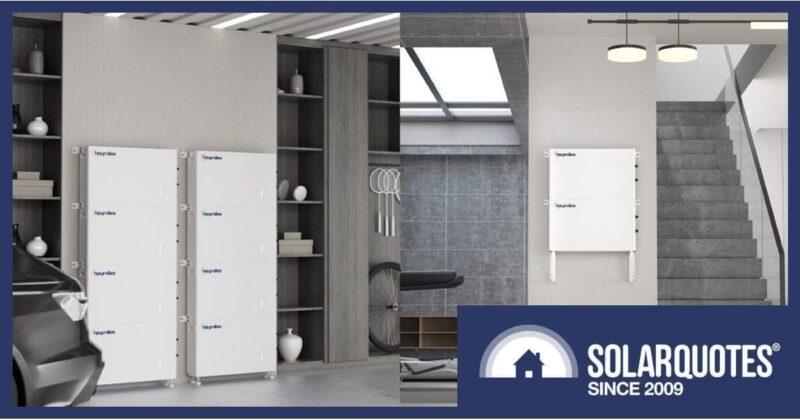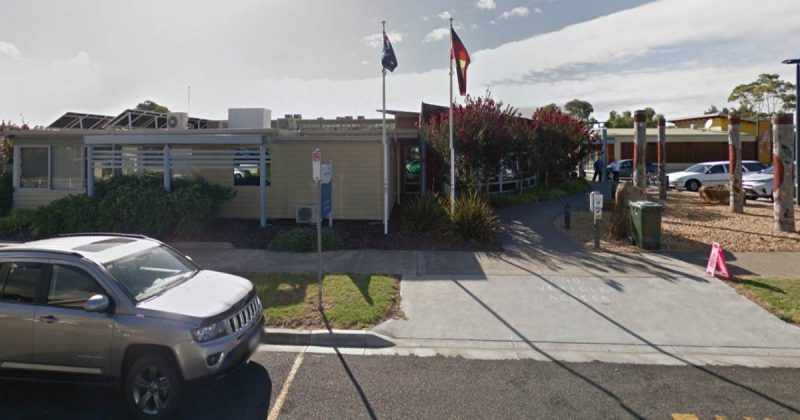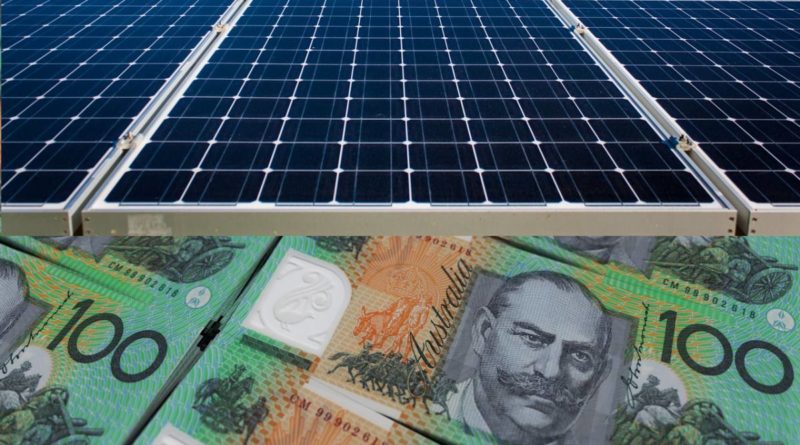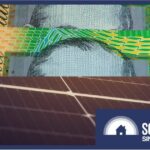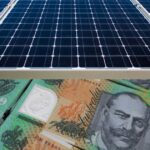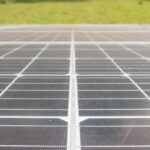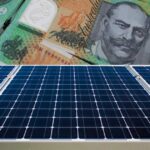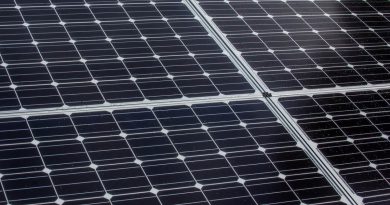Strong STC Spot Prices Supporting High Solar Rebates
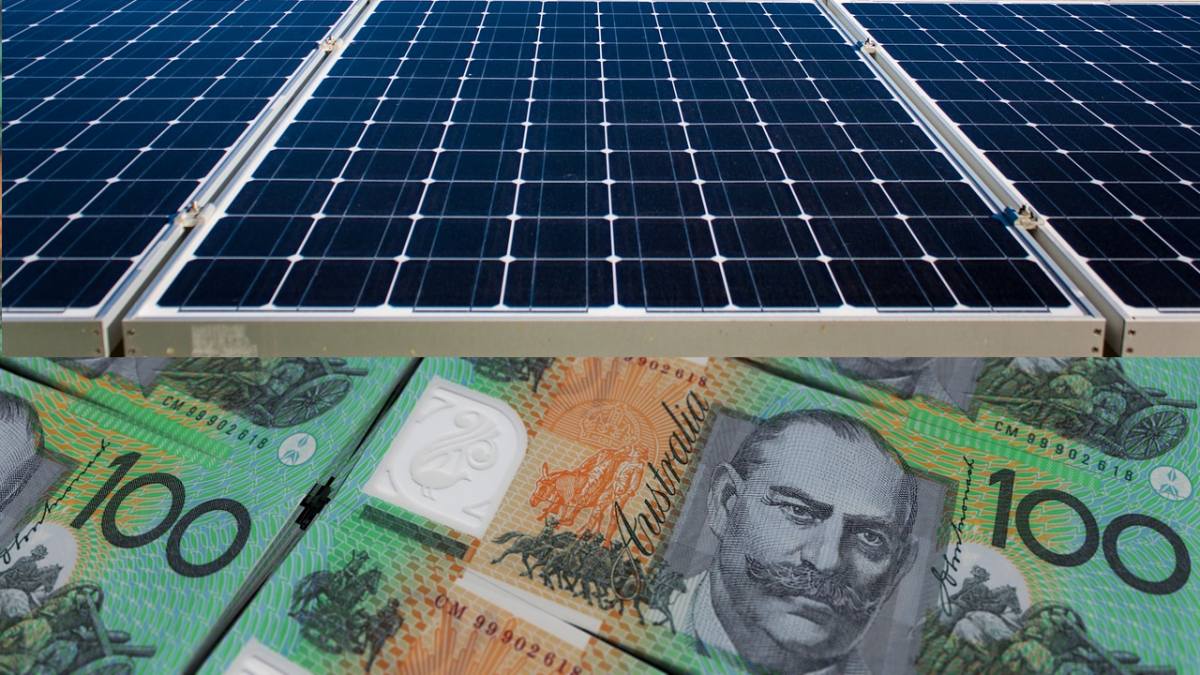

With STC spot prices bumping up against their maximum, it’s a great time to install solar panels in Australia. So, what is an STC and why does this matter?
Australia’s solar rebate – more accurately a subsidy providing an up-front discount on the purchase of a system – is based on Small-scale Technology Certificates (STCs). The “rebate” is often confused with feed-in tariffs, which are different incentives paying system owners for exporting surplus solar energy to the grid.
A STC is equal to 1 megawatt-hour of renewable electricity generated by a solar power system.
The number of certificates a qualifying system is eligible for is based on a formula that incorporates the size of the system, the geographic location of the installation and the year it was installed.
How Much Is An STC Worth?
STCs are purchased by liable entities such as electricity retailers to fulfil their surrender obligations under Australia’s Renewable Energy Target (RET). The value of an STC fluctuates with market conditions; with the minimum value $0 and the maximum $40. While STC value has never been anywhere close to $0, it has fluctuated enough at times to have a very significant impact on the overall subsidy amount.
The most recent STC spot price reported by DemandManager at the time of publishing was $39.95 last Wednesday. Over the past year, the lowest looks to be around $38.10.
Calculating The Solar Rebate
Calculating the approximate value of the solar rebate is easy using the SolarQuotes STC calculator. Just enter the system size, postcode of installation and the year installed. It will show you the subsidy level based on a $40 STC price, which can be adjusted on the results screen.
For a 6.6kW solar system that has been installed in Brisbane in 2022, the calculator shows a subsidy of $3,280 based on a $40 STC price. But you’ll need to wind back the STC value a bit even if the current spot price is $40.
The price you are quoted or see advertised around the place for solar power systems takes into account the up-front subsidy. When the system is installed, you’ll assign the STCs it will be eligible for to the solar company or its registered agent, which will then create the certificates and sell them. So, you receive the subsidy discount up-front and the solar company claims the cash later – in that respect it is a rebate.
The process to create the certificates takes time, and time is money. This means what you’ll be offered as the subsidy component will likely work out to be less per certificate to cover this administrative overhead – usually around $2 – $3 less per STC. If it doesn’t come from there, it will be factored into other aspects of the quote.
Back to the Brisbane example – with the calculator slider set back to $37, the subsidy value is around $3,116; $164 less. You *could* sell the STCs yourself, but it’s probably not worth the time and complexity involved.
What Will Happen With STC Spot Prices?
While STC values have been high for the past year, there is no guarantee this will remain the case. Back in July 2017, STC value dropped to $26. Using the 6.6kW Brisbane example, this would bring the subsidy down to $1,968 after admin fees are taken into account; a difference of $1,148.
While there’s nothing I know of to suggest a significant drop is on the horizon, these are crazy times. High STC spot prices are just another good reason to install solar now; plus you’ll start slashing your electricity bills sooner rather than later.
Related: Australian Solar, Battery & EV Subsidies & Incentives In 2022
Original Source: https://www.solarquotes.com.au/blog/solar-stc-values-mb2465/
